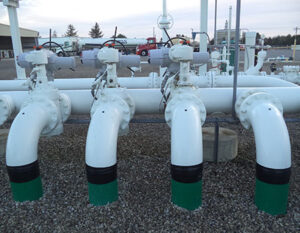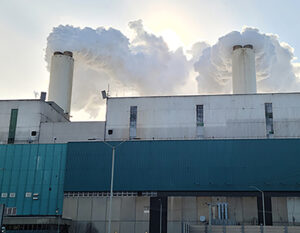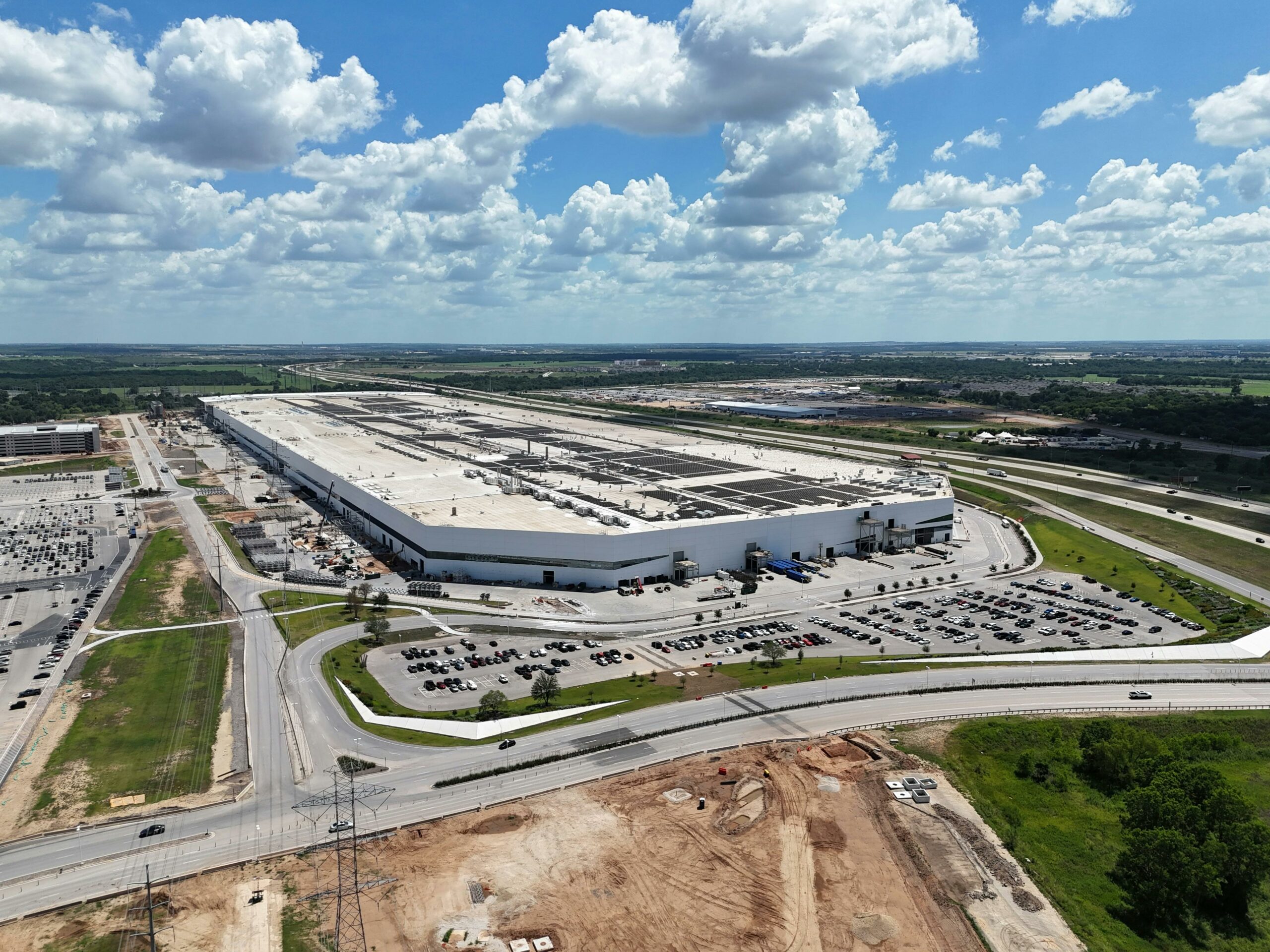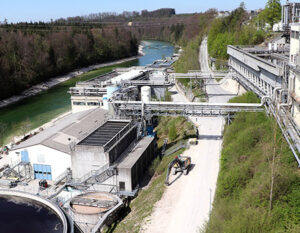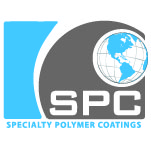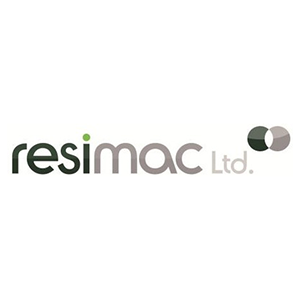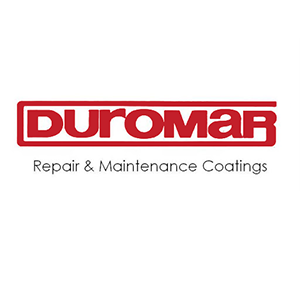PHMSA’s New Rule Updates Pipeline Corrosion Control Requirements

In August 2022, the U.S. Pipeline and Hazardous Materials Safety Administration (PHMSA) (Washington, DC, USA) issued a Final Rule regarding the safety of gas transmission pipelines. These new requirements amend 49 CFR 192 and took effect on May 24, 2023. This rule updates regulations surrounding integrity management, extreme weather events, management of change, and corrosion control.
Written by Tyler Laughorn, corrosion control specialist at Burns & McDonnell, this article summarizes what industry professionals need to know about the impact of this final rule on protective coatings, cathodic protection (CP) surveys, and internal corrosion monitoring and mitigation.
Because direct current interference and stray current corrosion can damage metal assets, the risks are important to identify and understand in order to address underground corrosion problems.
Coating Requirements
Under the new rule, coating requirements are being updated, with PHMSA intending to see that any damage incurred during installation does not go unaddressed. Coating assessments/surveys are now required to be completed within six months of a transmission line going into service, with exceptions made for geographical, technical, or safety reasons.
PHMSA recommends direct current voltage gradient (DCVG) or alternating current voltage gradient (ACVG) surveys, but makes allowances for “other technology,” which must be reported to PHMSA a minimum of 90 days before use.
If any “severe” damage is detected—defined as a voltage drop greater than 60% for DCVG or 70 dBμV for ACVG—it must be repaired within six months of the assessment, or as soon as practicable after obtaining permits, without exceeding six months. Operators are required to make and retain public records of these coating assessments and repairs for the entire life of the pipe.
The amendments also include language regarding the protective coating having sufficient strength to resist damage from handling, transportation, installation, boring, and backfilling. This may imply that protective wraps or abrasion-resistant overcoats are recommended for trenchless crossings or where particularly abrasive backfill will be used.
Cathodic Protection Monitoring
Another focus of the final rule is regarding CP monitoring and mitigating the impact that interference can have on a cathodically protected pipeline. During annual test station readings, if inadequate CP levels are discovered in specific locations (i.e., not a systemic issue across an entire pipeline or region), a close-interval survey (CIS) needs to be conducted. The CIS will be performed in both directions from the station, at a maximum interval of 5 ft (1.5 m), to determine the cause and extent of the issue.
When new current sources—such as high-voltage power lines, electrical substations, or other cathodically protected pipelines—are introduced near a transmission line, or when stray current is suspected as a cause for inadequate or unusual CP levels, interference surveys will be required.
If interference is discovered in excess of the industry-accepted current density limits (i.e., 100 A/m2 for AC-induced corrosion), or if the interference is determined to cause safety or environmental concerns, mitigation is required.
In all of these cases, operators must apply for the necessary permits within six months of identifying CP deficiencies or interference issues, and the deficiency must be corrected as soon as possible. The maximum time limits for action are within 15 months of identifying the deficiency and within six months of obtaining permits.
Internal Corrosion Control
Operators will be required to implement a monitoring and mitigation program if any corrosive constituents—such as carbon dioxide (CO2), hydrogen sulfide (H2S), other forms of sulfur, microbes, or water—are in the gas stream.
The partial pressures of these constituents must be measured, and their effect on internal corrosion must be determined. PHMSA offers several recommendations that may be useful in a monitoring and mitigation program:
- Sampling;
- Injecting inhibitors;
- Frequent pigging to clean the pipe;
- The use of separators.
Annual evaluations and program reviews, not to exceed 15 months, will be required so that adjustments can be implemented as needed.
Conclusions
Overall, the Final Rule will implement more significant assessment and survey requirements for corrosion control, as well as specific timelines for addressing any issues discovered. Pipeline operators will need to be diligent in maintaining traceable, verifiable, and complete records.
Working with partners experienced in designing CP systems, selecting pipeline coatings, performing stray current assessments, and conducting AC interference studies could help operators meet their new obligations. For more information, a White Paper is available through Burns & McDonnell.
Source: Tyler Laughorn, Burns & McDonnell, https://blog.burnsmcd.com.

